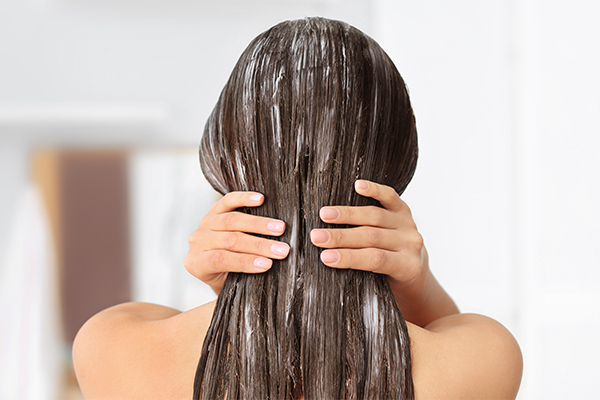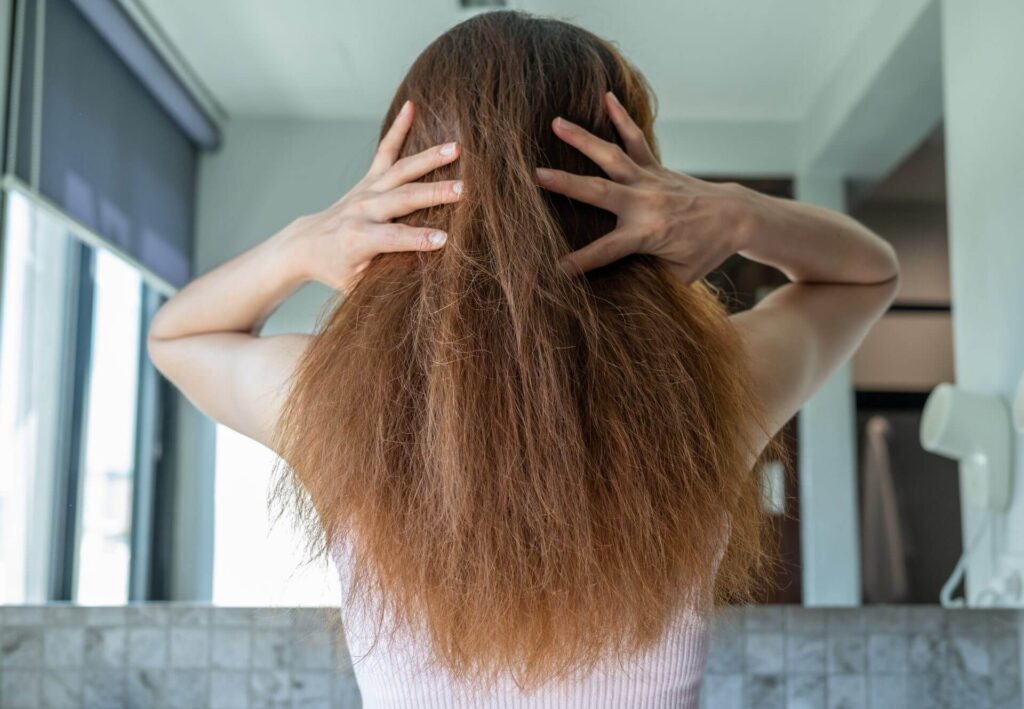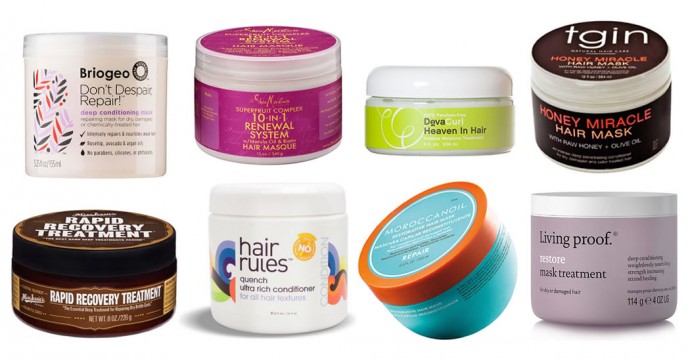Your hair is your crowning glory, but maintaining its health and vitality requires more than just a simple wash and style routine. Fortunately, with the right knowledge of deep conditioning, you can transform even the most lackluster locks into luscious, radiant tresses. But mastering the art of deep conditioning isn’t just about slathering on a random conditioner and hoping for the best – it’s a precise science that requires technique, timing, and the right products. In this comprehensive guide, we’re delving deep into the world of deep condition technique, uncovering the secrets to achieving salon-worthy results from the comfort of your own home.
I. What is Deep Conditioning?
Deep conditioning is a hair care treatment that involves using highly concentrated and nourishing products to penetrate the hair shaft deeply.

It’s designed to provide intense hydration, repair damage, and improve the overall health and appearance of the hair. Deep conditioning treatments typically contain ingredients such as proteins, vitamins, and natural oils that help to strengthen the hair, reduce frizz, add shine, and restore moisture balance. As with any beauty product, it’s important to choose a deep conditioner based on your hair type and concerns.
II. What Are The Differences Between Deep Conditioners and Regular Conditioners?
Deep conditioners and regular conditioners serve different formulations and have different applications, though they share some similarities. Here are the main differences:

Deep Conditioners vs Regular Conditions #1: Differences in Purposes
- Regular conditioner: It is used to moisturize and detangle the hair after shampooing. It helps to smooth the hair cuticle, making the hair easier to manage and style.
- Deep conditioner: It can be for general usage or target a specific issue. It helps to repair damaged hair, improve elasticity, and restore moisture balance.
#2: Differences in Formulation
- Regular conditioner: It usually contains lighter moisturizing ingredients such as cationic surfactants, silicones, and emollients. These ingredients help to coat the outer layer of the hair shaft, providing immediate hydration and smoothness.
- Deep conditioner: It tends to be heavier than regular conditioners and contains higher concentrations of conditioning agents, such as proteins, vitamins, and oils, that can sit on your hair longer to penetrate the shaft more deeply. These ingredients work to repair and strengthen the hair from within, addressing issues like dryness, damage, and brittleness.
Deep Conditioners vs Regular Conditions #3: Differences in Application
- Regular conditioner: It is typically applied after shampooing and left on the hair for a few minutes before rinsing out. It can be used after every shampoo, depending on hair type and condition.
- Deep conditioner: It is usually applied to clean, damp hair and left on for a longer time, often with the help of heat (like a shower cap or a towel wrapped around the head) to enhance penetration. It is typically used less frequently since intensive conditioning may not be necessary for every wash.
III. Who Needs A Deep Conditioners?
These treatments are often recommended for hair that is dry, damaged, or over-processed due to factors like heat styling, chemical treatments, or environmental stressors. They provide intense hydration and nourishment to the hair, helping to repair and strengthen it. Additionally, they are especially useful for individuals with curly or textured hair, as these hair types tend to be more prone to dryness and breakage.

→ Overall, anyone looking to improve the health and appearance of their hair can benefit from using a deep conditioner regularly. They can be applied at home using deep conditioning masks or treatments or done at a salon by a professional stylist. The frequency of deep conditioning treatments can vary depending on individual hair needs, but they are generally recommended on a weekly or bi-weekly basis for best results.
IV. How To Deep Condition Your Hair Like A Pro?
Deep conditioning your hair like a pro involves a few key steps to ensure maximum moisture and nourishment for your locks. Here’s a guide to help you achieve salon-worthy results at home:
How To Deep Condition #1 - Choose the Right Product

Start by selecting a deep conditioning treatment that suits your hair type and concerns. Look for ingredients like argan oil, coconut oil, shea butter, or keratin for hydration and repair.
How To Deep Condition #2: Cleanse Your Hair
Before applying the deep conditioner, you’ll need to wash your hair. Shampooing your hair will remove any buildup or impurities. This allows the conditioner to penetrate the hair shaft more effectively.
How To Deep Condition #3 - Towel Dry Your Hair

Once your hair is thoroughly cleansed, towel dry it. Gently squeeze excess water from your hair using a soft towel. Your hair should be damp but not dripping wet before applying the deep conditioner. You don’t want to apply deep conditioner to soaking wet hair, since too much water inside your shaft won’t leave enough room for the product.
How To Deep Condition #4: Apply the Deep Conditioner

Next, it’s time to put the deep conditioner on your hair. Section your hair and apply the deep conditioner generously from roots to ends. Use a wide-tooth comb or your fingers to distribute the product evenly and ensure every strand is coated. To enhance the effectiveness of the deep conditioner, apply heat. You can use a plastic shower cap to cover your hair and then wrap a warm towel around your head to gently heat the conditioner-treated hair.
How To Deep Condition #5: Leave it On
Follow the instructions on the deep conditioner for how long to leave it on your hair. Most deep conditioners require at least 15-30 minutes to work effectively. You can also leave it on overnight for a more intensive treatment.
How To Deep Condition #6: Rinse Thoroughly
After the recommended time has elapsed, rinse your hair thoroughly with lukewarm water. Make sure to remove all traces of the conditioner to prevent buildup. For an extra boost of shine and to seal the hair cuticle, finish by rinsing your hair with cool water. This helps to lock in moisture and smooth the hair shaft. Then gently pat your hair dry with a towel and avoid rubbing, as this can cause damage and frizz. Allow your hair to air dry or style it as desired.
V. Conclusion
In conclusion, mastering the art of deep conditioning is the key to unlocking the full potential of your hair. Remember to be patient and diligent in your efforts, as healthy, beautiful hair doesn’t happen overnight. With the tips and techniques outlined in this guide, you’ll be well on your way to achieving the luscious, silky strands you’ve always dreamed of. So go ahead, indulge in a deep conditioning treatment, and let your hair shine with health and vitality!


 BEST SELLING PRODUCTS
BEST SELLING PRODUCTS Wig Hair
Wig Hair WHOLESALE
WHOLESALE Contact us
Contact us Sale Events
Sale Events
